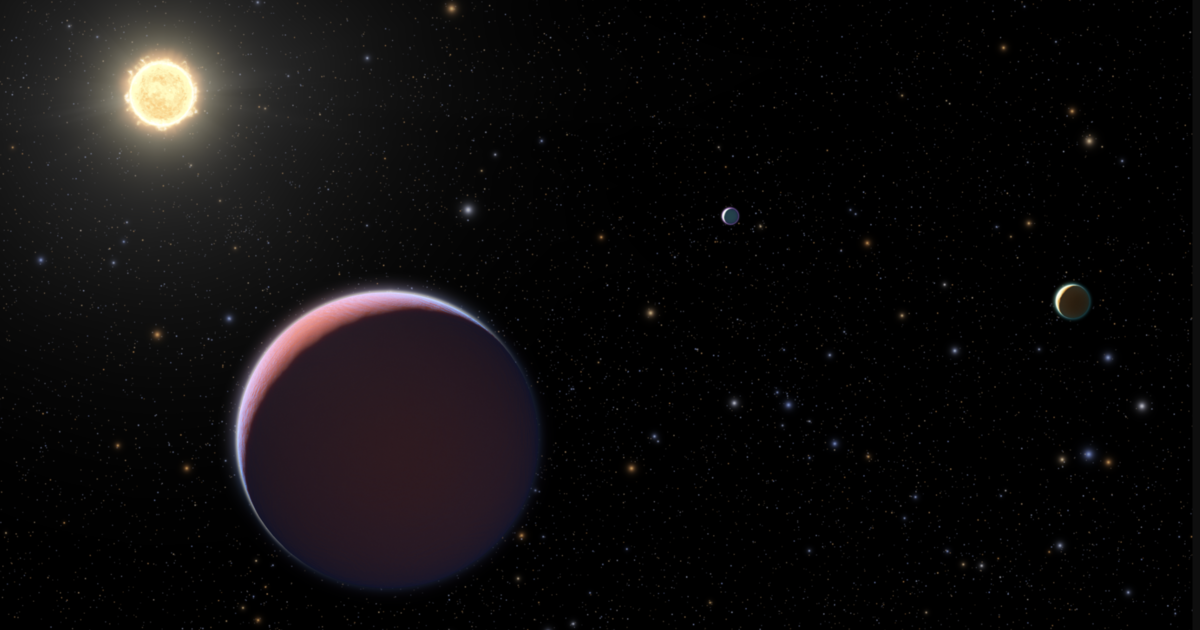Cotton-Candy Planet
Researchers have made a remarkable discovery: WASP-193b, an exoplanet so astonishingly low in density that it has earned the nickname “cotton-candy planet” for its resemblance to a vast, fluffy gaseous mass suspended in the cosmos.
Situated approximately 1,200 light-years away from Earth, this cotton-candy planet, despite being 50% larger in size, boasts a density seven times less than that of Jupiter, a gas giant in our solar system.
Khalid Barkaoui, a study co-author and postdoctoral researcher at the University of Liège in Belgium, highlighted this finding in a report published Monday in the journal Nature Astronomy.
Barkaoui emphasized the significance of this discovery, noting that WASP-193b now ranks as the second least dense planet ever discovered, superseded only by Kepler-51d, which is considerably smaller.
With over 5,000 exoplanets identified thus far, according to NASA, this latest addition presents a unique puzzle for astronomers.
Barkaoui pointed out that WASP-193b’s exceptionally low density defies standard models of irradiated gas giants, even when considering the unrealistic assumption of a coreless structure.
The observatory responsible for identifying WASP-193b is the Wide Angle Search for Planets (WASP), located in Spain and South Africa.
Utilizing data from the TRAPPIST-South and SPECULOOS-South observatories in Chile, astronomers were able to glean insights into the signals emitted by WASP-193b.
Their findings revealed that this enigmatic exoplanet exhibits a remarkably low density, with its mass and size approximately 0.14 and 1.5 times that of Jupiter, respectively.
This translates to a density of about 0.059 grams per cubic centimeter—comparable to cotton candy, which boasts a density of 0.05 grams per cubic centimeter, while Earth’s density measures 5.51 grams per cubic centimeter.
Julien de Wit, a study co-author and planetary scientist at the Massachusetts Institute of Technology, likened WASP-193b’s composition to that of cotton candy, attributing its fluffy nature to its predominantly gaseous makeup, primarily consisting of hydrogen and helium.
In summary, the discovery of WASP-193b, the cotton-candy planet, challenges existing models of planetary composition and offers astronomers a tantalizing glimpse into the extraordinary diversity of worlds beyond our solar system.
I am a dynamic professional, specializing in Peace and Conflict Studies, Conflict Management and Resolution, and International Relations. My expertise is particularly focused on South Asian Conflicts and the intricacies of the Indian Ocean and Asia Pacific Politics. With my skills as a Content Writer, I serve as a bridge between academia and the public, translating complex global issues into accessible narratives. My passion for fostering understanding and cooperation on the national and international stage drives me to make meaningful contributions to peace and global discourse.










